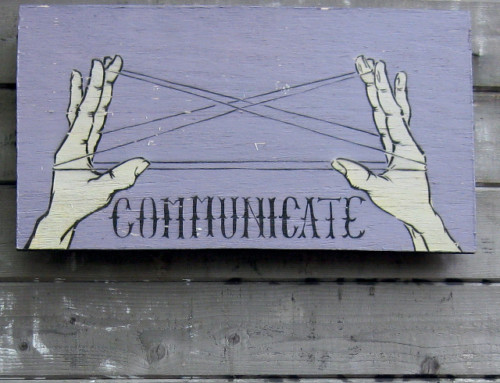
As a kid I entered a wood-block race-car contest, and with a carpenter as a dad, I figured was a sure shot winner: if not of the fastest car, at least for the craftiest. I had this image of a beautiful formula-1 race car in my mind, and I left it up to my dad to actualize my dream. But when my dad created what looked like a curved block of wood barely resembling a street car, I have to say, what a great disappointment I felt. Race day came, and I returned home, destroyed, after losing all contests. I remember going to my room, crushed.
When I recently uncovered the race car my dad had made, I was stunned to see what a resemblance it had to my boyhood favourite car – the corvette stingray. My dad had created what he thought his son would want to see on race day, barrelling down the racing slope. I see this car now and I’m pained to think about what that 6 year-old boy couldn’t articulate to his dad. And what’s more, how what that father thought he was doing for his son went completely unappreciated. Classic mis-communication.
It’s painful, if a bit nostalgic, to think about the days before google, where finding an image of what you’re talking about is as natural as strolling down the sidewalk with your smartphone. But communication doesn’t usually work as smoothly as google. Even when we try to communicate with the best and kindest intentions, the message often fails to meet the mark. When so much of our communication is indirect (non-verbals, actions, implications, etc.), it’s no wonder we question if the message we sent has landed, and we leave others questioning if we got the message. Try asking, “is this what you mean…?” You may find the feedback saves you the mistake of a misguided assumption, and I hope that a constructive conversation follows.



